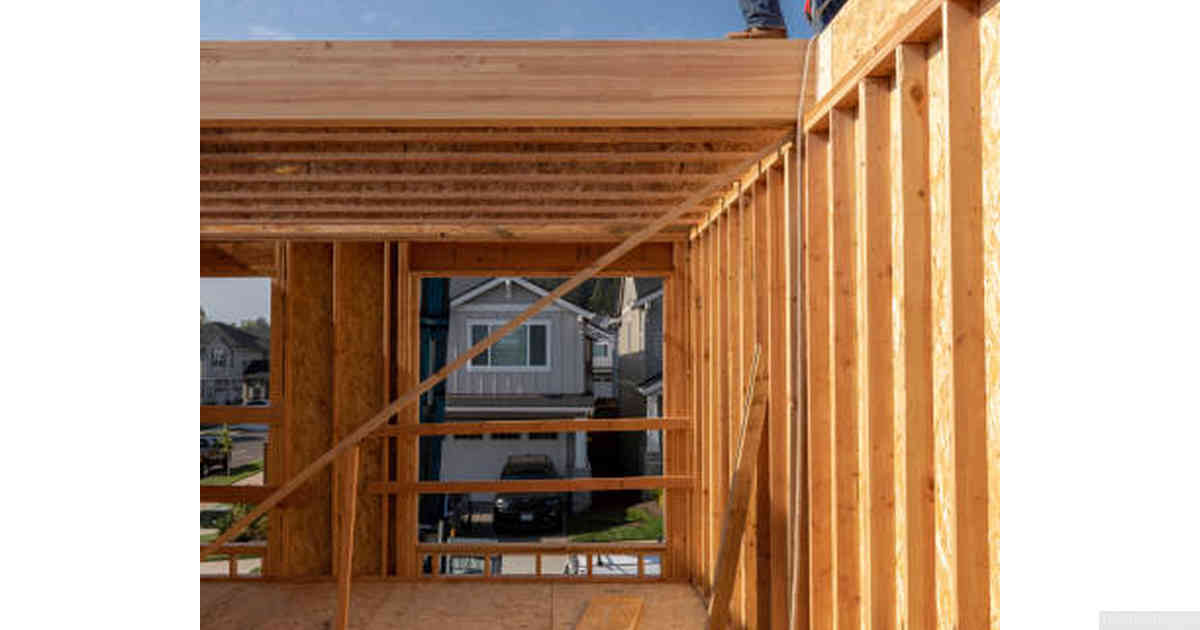
TPO and EPDM roofing membranes are two of the most popular options for flat or low-slope commercial roofs. They both have their own unique advantages, but there are a few key differences between them that should be considered before making a decision.
Contents:
TPO stands for Thermoplastic Polyolefin, which is a single-ply membrane made from polypropylene and ethylene propylene rubber polymerized together. It’s available in white, gray and tan colors, making it perfect for buildings with multiple levels or varied exterior finishes. TPO provides excellent heat reflectivity properties to reduce energy costs, as well as good fire resistance ratings to protect against potential disasters. The material is also lightweight and easy to install on any type of roof deck structure.
EPDM (ethylene propylene diene monomer) is an elastomeric membrane that has been around since the 1960s but has seen an increase in popularity over recent years due to its durability and flexibility when compared with other types of roofing materials. This material comes in black or white sheets that can be rolled out directly onto the surface without having to use additional fasteners or adhesive strips. Its main benefit lies in its ability to expand and contract during temperature changes without cracking or tearing like some other roofing membranes can do when exposed to extreme weather conditions such as snow storms or high winds.
Both TPO and EPDM offer superior protection against water infiltration while remaining lightweight enough not cause unnecessary strain on your building’s foundation structure like heavier roof systems might do over time. However, one major difference between these two materials is cost: while TPO tends to be more expensive than EPDM initially due its reflective capabilities–which may result in lower energy bills long term–EPDM often requires fewer layers of installation because it does not require adhesives or fasteners during application; this makes it less costly upfront even though you may pay more for energy efficiency down the road if you choose this option instead of TPO.
Both types of membranes come with warranties ranging from 10-30 years depending on manufacturer’s specifications so you know your investment will remain protected no matter which route you decide go down when selecting your new rooftop system.
Durability and Longevity
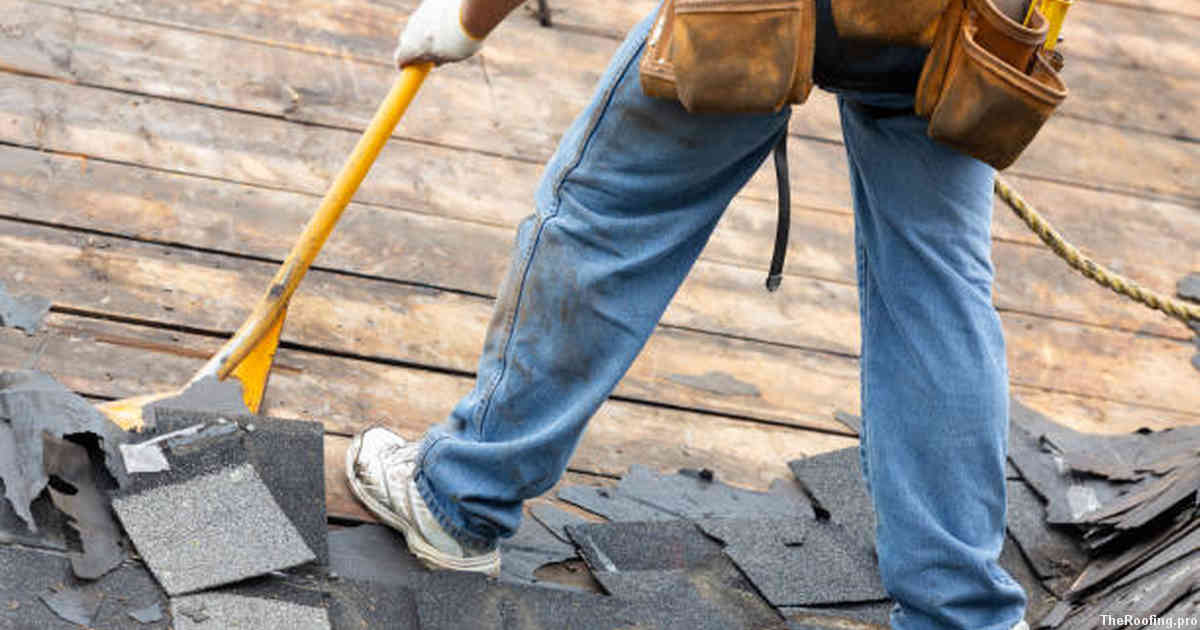
Durability and longevity are two of the most important benefits of using TPO and EPDM roofing membranes. The polymers used in both TPO and EPDM provide excellent resistance to weather, wind, fire, ultraviolet radiation (UV), ozone, punctures, tears and other environmental conditions that can cause damage over time. This makes them ideal for long-term use as they will not deteriorate quickly or easily when exposed to harsh weather elements. These materials are also highly resistant to microbial growth which helps keep the roof looking new for years after installation.
TPO is a single-ply membrane composed of ethylene propylene rubber that is reinforced with polyester fabric strands while EPDM is made up of an ethylene propylene diene terpolymer base layer combined with a top layer of carbon black granules for UV protection. Both materials offer excellent durability due to their chemical composition which makes them strong enough to withstand extreme temperatures without cracking or splitting. Both types are lightweight yet still able to resist impacts from hail or heavy debris without becoming damaged.
In addition to providing superior protection against environmental hazards like heat and cold, TPO & EPDM roofing membranes have been tested extensively by independent laboratories across North America resulting in high ratings for fire retardancy performance even when directly exposed to flames at elevated temperatures. This provides extra peace of mind knowing your investment is well protected in case any accidents were ever occur on site during construction or maintenance work.
Cost-Effective Solution
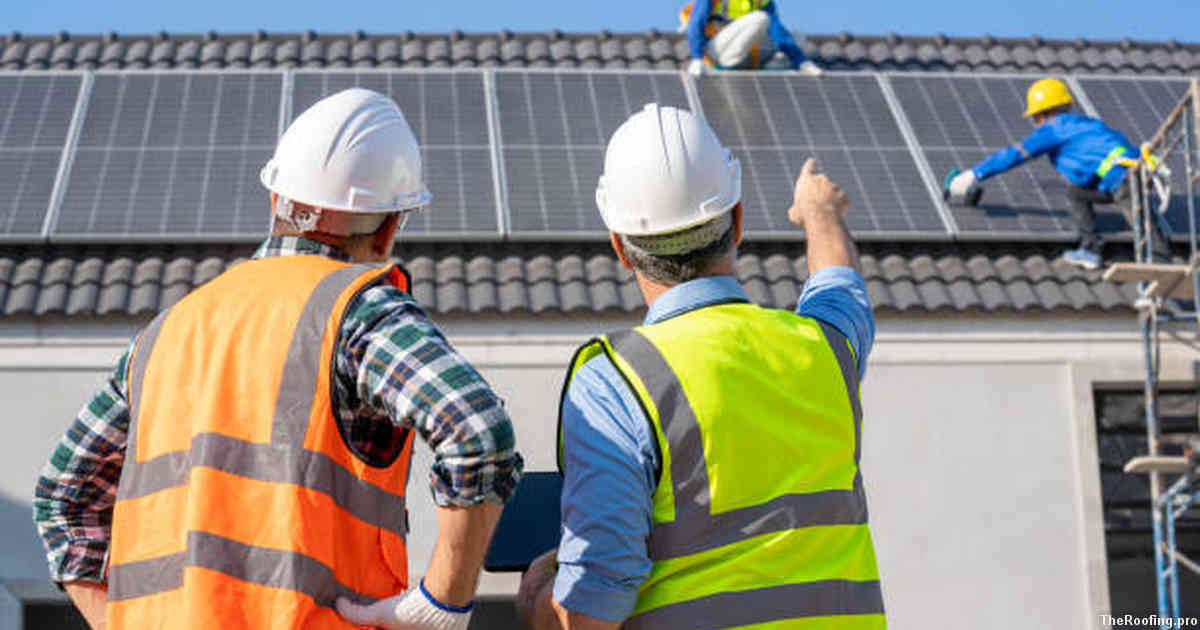
The most attractive feature of TPO and EPDM roofing membranes is their cost-effectiveness. Not only are they cheaper to purchase, but they also require fewer resources to install than other traditional types of roofing. This means that businesses can enjoy the benefits of a secure and reliable roof without having to break the bank in order to do so.
These membrane systems have been designed with longevity in mind; this ensures that businesses won’t have to worry about replacing them any time soon, thus helping them save even more money over time. Since these materials are highly durable and resistant to extreme weather conditions such as strong winds or heavy rains, businesses don’t need to spend extra money on maintenance or repairs.
Another way in which TPO and EPDM roofs prove themselves as a cost-effective solution is due to their energy efficiency properties; by reflecting heat away from your building during summer months you can reduce cooling costs significantly while still maintaining comfort inside.
Weather Resistance
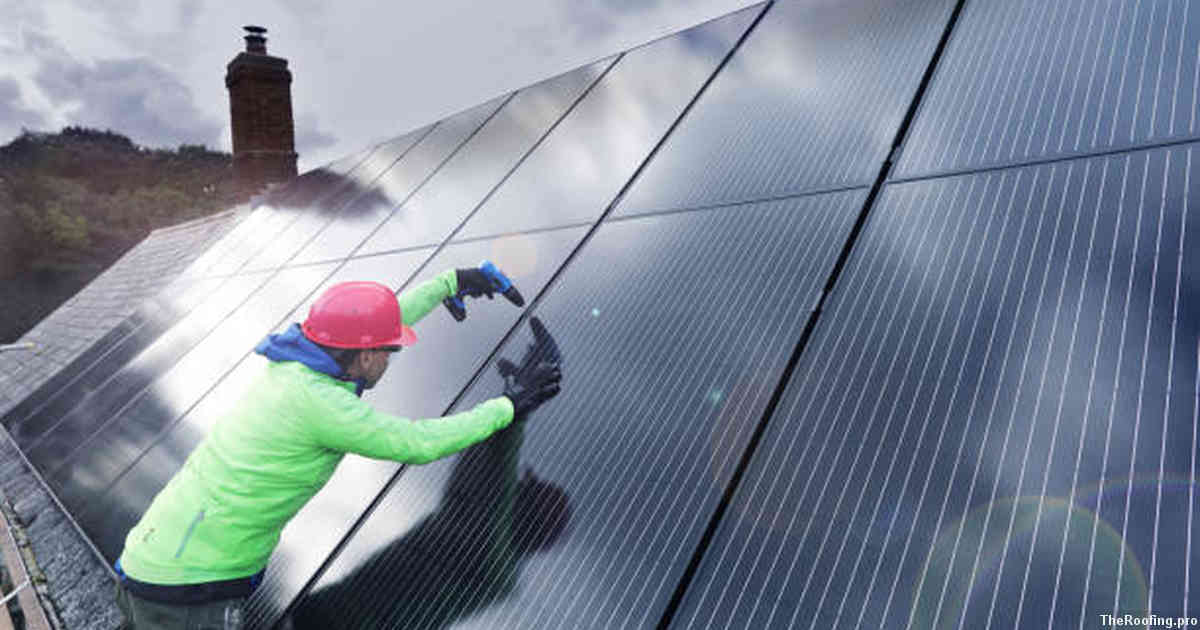
Weather can be unpredictable, and it is important to make sure that your roofing membrane is designed to withstand whatever Mother Nature throws at it. TPO and EPDM roofing membranes are both known for their ability to stand up against the elements. TPO (thermoplastic polyolefin) is a single-ply membrane made of a blend of rubber, ethylene propylene diene monomer (EPDM), and thermoplastic polymers, while EPDM (ethylene propylene diene terpolymer) is an all-rubber material composed of ethylene and propylene with other ingredients added in varying amounts. Both materials are highly resistant to ultraviolet radiation, ozone exposure, extreme temperatures, chemicals, water absorption/resistance and more.
In addition to its durability against weather conditions such as heavy rain or snowfall accumulation on the roof surface for extended periods of time; both tpo & epdm roofing membranes have superior hail resistance properties which help protect from direct impact by hail stones up to 2 inches in diameter without compromising the integrity of the membrane itself – making them ideal for areas prone to hail storms. Furthermore due too their flexibility they can expand or contract when exposed too temperature changes – helping maintain a longer lasting seal throughout different seasons – protecting you from potential leaks caused by expansion & contraction gaps over time.
TPO & EPDM roofs also provide excellent protection against wind damage compared too traditional asphalt shingle roofs since they form tight seals around fasteners which hold better under high winds then nails used in asphalt shingle applications – making them great options for coastal homes exposed too strong sea breezes or hurricane force winds during storm season.
Flexibility of Design
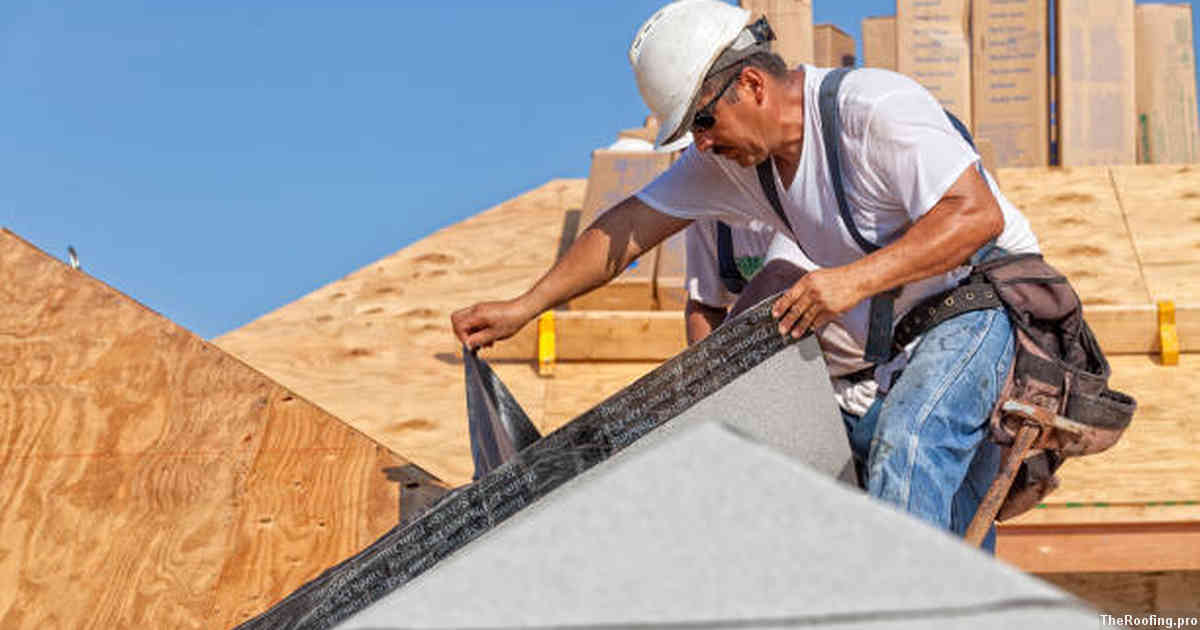
When it comes to roofing membranes, flexibility of design is a key factor. TPO and EPDM roofs offer just that – the freedom to choose a unique design for your building’s roof without sacrificing durability or quality. Both of these materials provide superior weather resistance and can be tailored to fit almost any structure with minimal maintenance costs.
TPO membrane systems are designed for long-term protection against extreme temperatures, UV rays, heavy rain, snow, wind damage and other environmental conditions. The material is also lightweight yet extremely strong and can handle large amounts of foot traffic without compromising its structural integrity. It also offers excellent fire resistance properties making it an ideal choice for buildings in high risk areas such as schools or hospitals.
EPDM roofing systems are composed of ethylene propylene diene monomer (EPDM) rubber which has excellent durability and strength while still being flexible enough to bend around curves and corners easily. This makes them well suited for use on low-slope roofs such as those found on commercial buildings where they can protect from water infiltration while allowing drainage at the same time. The highly reflective surface helps keep energy costs down by reducing heat absorption during summer months while keeping interior spaces warm during wintertime when used with appropriate insulation techniques like air gaps between layers or sealed joints between seams.
Both TPO & EPDM membranes offer unbeatable flexibility when it comes to designing a customised solution that meets all your needs in terms of both aesthetics & performance; offering superior protection from the elements no matter what type of structure you have in mind.
Low Maintenance Requirements
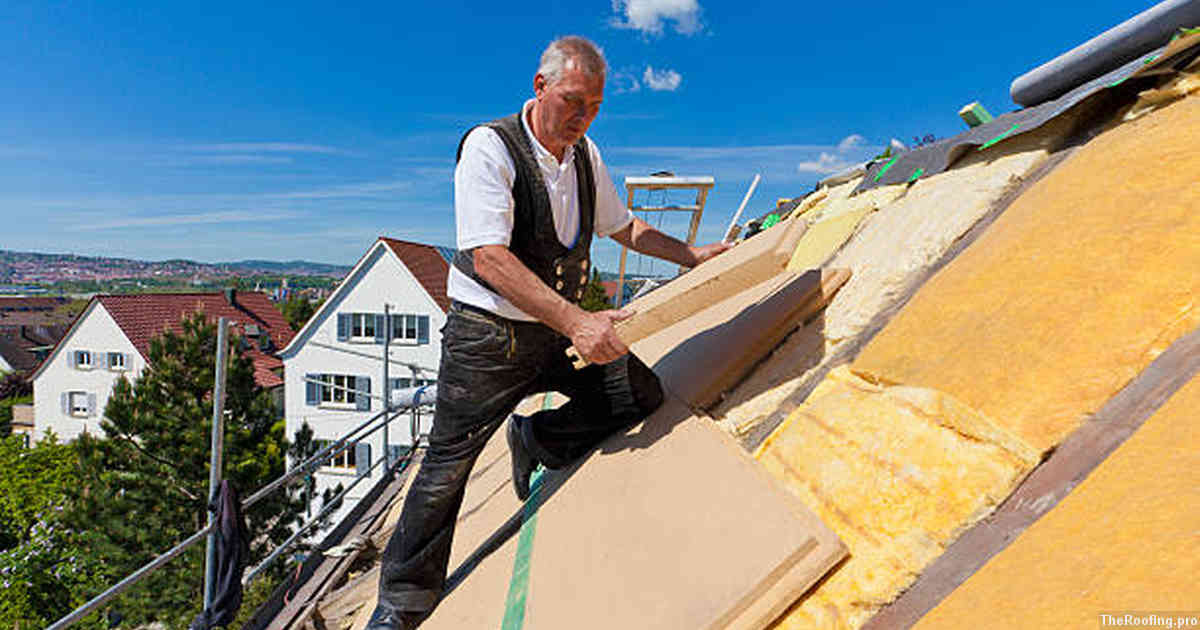
When it comes to roofing membranes, tpo and epdm offer low maintenance requirements. These two types of membrane require only a minimal amount of upkeep, compared to traditional roofing materials like asphalt shingles. Tpo and epdm roofs are made from durable synthetic materials that can withstand extreme temperatures without needing any additional repairs or treatments. They are also resistant to cracking, fading, and UV damage which helps keep them looking great for years with little effort required on the homeowner’s part.
For example, unlike other roofing materials such as slate or wood shake tiles that need periodic resealing in order to remain watertight over time, tpo and epdm do not require regular treatment or replacement due to their robust construction material properties. These types of membranes have been designed so that they can be easily installed by professional contractors who specialize in this type of installation process. This eliminates the need for homeowners having to hire expensive specialized labor in order to maintain their roof properly over its lifetime.
Finally another benefit associated with tpo and epdm is their long-lasting warranties; both types come with a warranty covering at least 15 years if correctly installed by professionals according a manufacturer’s guidelines making them an attractive option when weighing up different options available on the market today.
Fast Installation Time
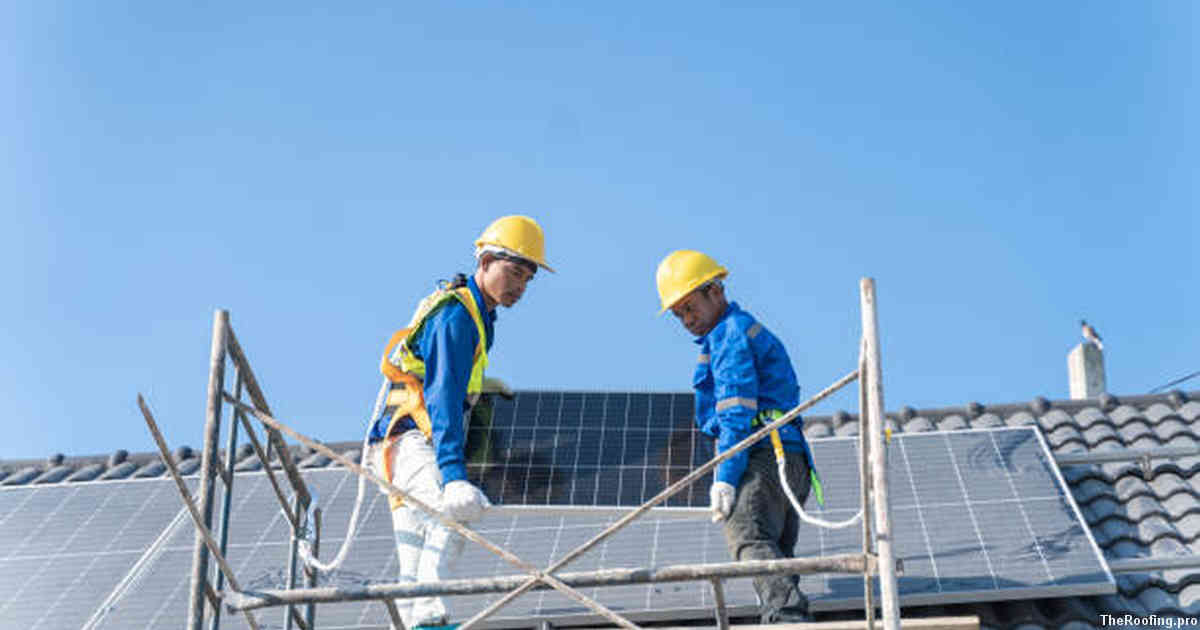
Installing a new roof can be a long and arduous process, but with the right materials, it doesn’t have to be. TPO and EPDM roofing membranes are some of the most popular commercial-grade options due to their fast installation time. These two membranes offer distinct advantages over traditional materials like asphalt shingles or slate tiles, making them a great choice for both residential and commercial projects.
TPO is one of the fastest installations available in membrane technology today, offering an install rate of up to 300 sqft per hour compared to other products that may take days or weeks longer. This makes it ideal for large-scale projects where speed is essential, such as multi-family dwellings or industrial facilities. The material itself is also highly durable against water penetration and UV radiation which helps protect any underlying structures from damage over time.
EPDM on the other hand offers even faster installation rates than TPO – typically taking only around 30 minutes per square foot – while still providing superior protection from water leakage and extreme weather conditions alike. It’s also lightweight so it won’t put unnecessary strain on supporting structures during installation; plus its low maintenance requirements mean you don’t have to worry about costly repairs down the line either. As an added bonus, EPDM roofs come in multiple colors allowing for greater customization options when designing your building’s exterior aesthetic.
Variety of Colors Available

Roofing membranes come in a variety of colors, giving homeowners the opportunity to customize their roof. TPO and EPDM are no exception when it comes to color options; both types of membrane can be purchased in a range of shades and hues. If you’re looking for something subtle, many companies offer light grey or tan colored membranes that blend nicely with most building exteriors. Alternatively, if you want your roof to stand out from the crowd, some manufacturers offer brighter colors like yellow, blue and green – perfect for making a statement on any building.
It’s also important to note that different manufacturers produce slightly different shades of each color; so make sure you get samples before committing to one specific hue. This way, you can compare how various brands look side-by-side on your roof and pick the best option for your home or commercial building. There are even some companies that specialize in creating custom colors – giving customers the unique chance to create their own personalized roofs.
Environmentally Friendly
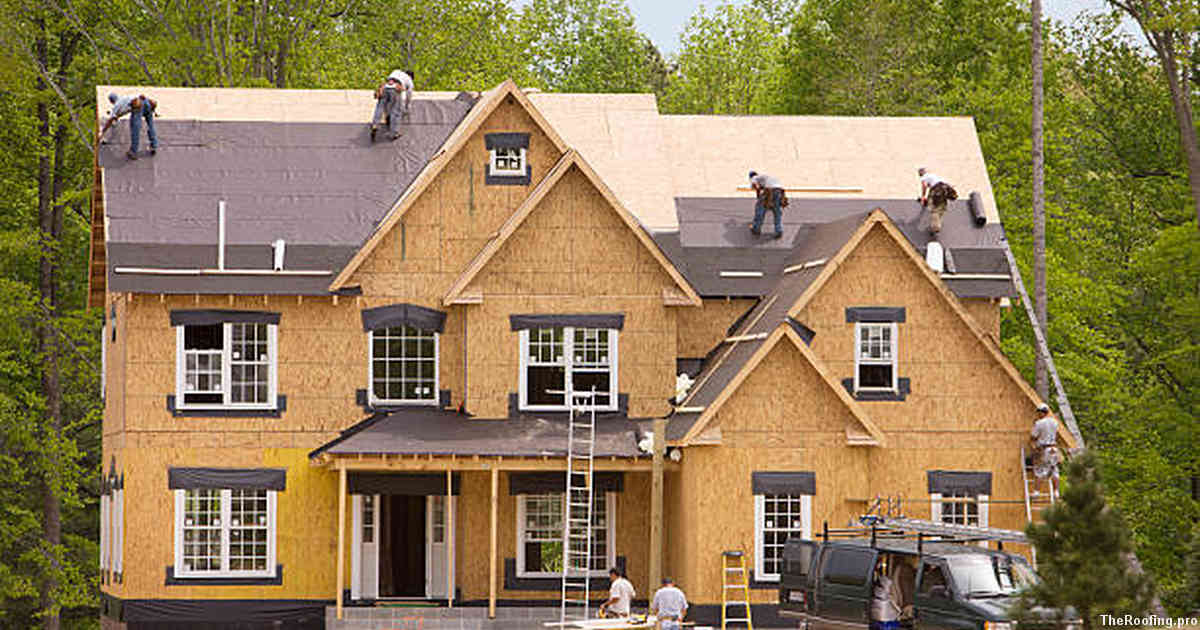
When it comes to protecting your home from the elements, there are few options that can compete with a top-of-the-line roofing membrane. In particular, thermoplastic polyolefin (TPO) and ethylene propylene diene monomer (EPDM) roofs offer a number of benefits that make them ideal for both residential and commercial applications. One of these is their environmental friendliness.
Both TPO and EPDM roofs contain recycled materials that reduce their overall carbon footprint on the environment. For example, TPO membranes are often made with up to 30% post-consumer material such as plastic bottles or car tires. This makes them an excellent choice for those looking to improve their eco-footprint while still ensuring reliable protection against wind, rain, snow, ice and other weather conditions.
TPO and EPDM roofs do not require any additional coating or sealants after installation which further decreases their impact on the environment by eliminating VOCs from entering into the atmosphere during application. These types of roofing materials have longer life spans than traditional asphalt shingle alternatives meaning fewer resources will be needed for future repairs or replacements over time – making them even more environmentally friendly in comparison.